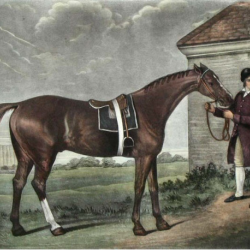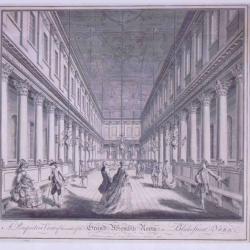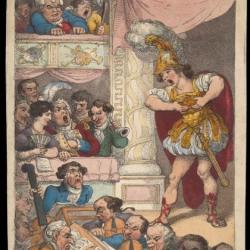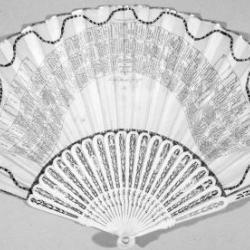
Ascot
RODOVA Diana
Inauguré en 1711 par la reine Anne, l’hippodrome d'Ascot fit partie de ces lieux de rendez-vous préférés de la société britannique du XVIIIe. L’évolution de l’architecture du terrain de courses favorisa l’apparition de nouvelles formes de sociabilité.

Assembly rooms
BURLOCK Hillary
In the long eighteenth century, assembly rooms became an established institution in Britain’s towns and cities, growing in number over the course of the ‘century’. Assembly rooms across Great Britain became the physical and social heart of the community, places where men and women could meet to converse, dance, and attend lectures and concerts.
![Basilius Besler, 'Fasciculus rariorum...(s. l. [Nuremberg], 1616)'. Cabinets of curiosities](/sites/default/files/styles/notice_teaser/public/notices/Besler%20image%201.jpg?h=41167dc9&itok=PHUUp5ry)
Cabinets of curiosities
MARRACHE-GOURAUD Myriam
Au milieu du XVIe siècle, certains princes européens fortunés commencent à réunir des collections d’objets précieux, ou mirabilia, issus de la nature (naturalia) ou des arts (artificialia). La rareté de ces objets, leur excellence, leur bizarrerie énigmatique provoquent l’admiration. C’est l’étonnement devant la beauté ou la monstruosité qui désigne ces pièces comme des curiosités à élucider, et à montrer dans des ‘cabinets’.
![John Lodge, ‘Mr. Garrick delivering his Ode at Drury Lane Theatre on dedicating a building & erecting a statue to Shakespeare [graphic]’, Yale University Library, Lewis Walpole Library, 770.09.00.06, [1770?]. Drury Lane](/sites/default/files/styles/notice_teaser/public/notices/DL%20garde%203.jpg?h=228311bc&itok=xeIGJLtQ)
Drury Lane
RITCHIE Leslie
At London’s Theatre Royal, Drury Lane, sociability practices were realized, queried and transformed by actors and audiences. This entry describes the theatre’s physical spaces, then considers modes of sociability within the theatre, from normative theatre-going practices to disruptions such as riots.

English theatre (and transnational sociability)
MANCO Clara
In the so-called ‘long‘ eighteenth century (starting in 1660), the theatre can be seen as sociable space more than a site for a purely aesthetic experience. The sociability of the theatre however goes far beyond the space of the physical theatre itself.

London theatres (and their audiences)
MANCO Clara
The analysis of theatrical prologues and epilogues, and of the sociological make-up of audiences and performance spaces, paints a picture of London theatre during the long eighteenth century as a complex ecosystem of sociabilities in which socio-economics and gender dynamics converged, making it a prime space of sociability.